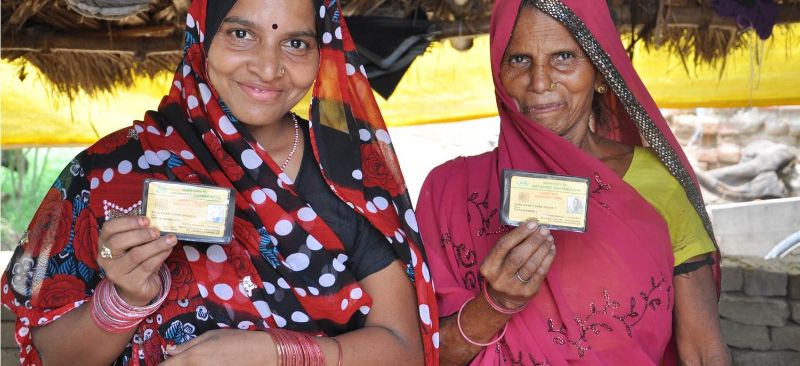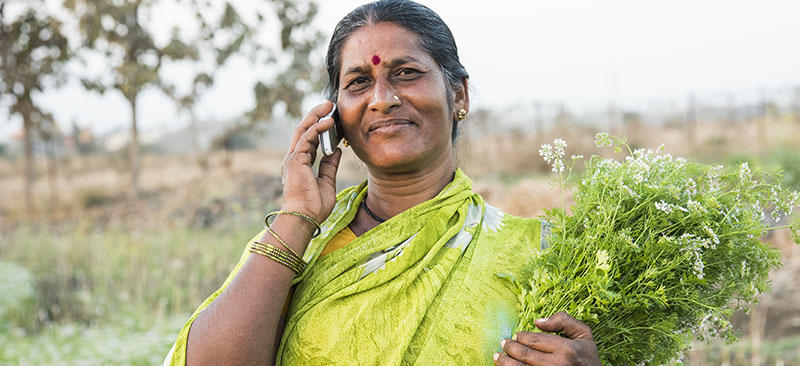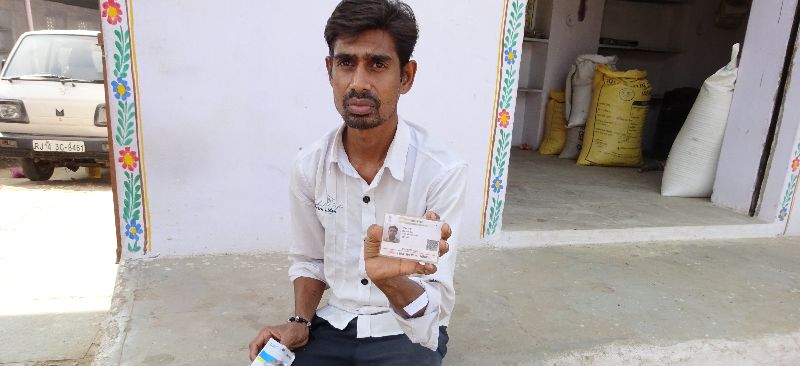In this video series-1Alex Silva, a microfinance pioneer focuses on the need to study the failures of microfinance institutions so the new generation practitioners can avoid those pitfalls and learn from the past mistakes. Studying the 10 unsuccessful MFIs in the past 10 years in Latin America, Alex outlines six major reasons for the downfall of MFIs, namely, because organisations abandoned their methodology, systematic frauds within the organisation, organisations grew too fast, inability to adapt to new atmosphere, government’s intervention and lack of focus.
Blog
Understanding remittance networks in Punjab and Uttar Pradesh
This research explores the various remittance options currently available to Indian migrant workers in Punjab and recipient families in rural Uttar Pradesh. It also examines the benefits a business correspondent (BC) remittance service may provide to both.
BancoSol: Latin America’s First Commercial Microfinance Bank Part 2
In this video series-2, Jaime Zegarra regional manager of BancoSol, a MFI at El Alto in Bolivia, talks about the bank’s strategic focus: loan portfolio growth, portfolio quality, and expanding BancoSol’s client base. The video further interviews various clients of El Alto and how the banks timely assistance has helped them grow their business. Further, Jaime informs that the bank’s main motto is to serve as many clients as possible and the bank is consistently acquiring larger customer base.
Insights from a Microfinance Pioneer BancoSol 2
In this video series-2, Pancho Otero – the founding CEO of the Prodem Foundation, one of the global industry pioneers, explains how financial crisis will help microfinance institutions and their client. He shares his perspective on the importance of the enabling good legal environment and regulations to help produce mature microfinance institutions. Pancho sees the lack of effective regulatory system a major challenge to set up a successful microfinance industry because authorities are unlikely to support a programme unless it is thriving. In such a situation, a well connected institution with enough liquidity and strong management team is conducive for successful MFI.
Financial Inclusion Through Digital Financial Services
This presentation focuses on the need and enablers of financial inclusion, business models and the challenges and lessons learnt while trying to develop a robust and effective strategy from the outset.
Leveraging Unique Identification (UID) for Mobile Banking in India
Among various expected benefits of the Unique Identification (UID) card, one is supporting the financial inclusion agenda in India – by providing everyone with a UID card linked to a mobile phone number, and/or linked to a bank account. Financial inclusion has many hurdles in India, but the two of the most troubling of them to regulators and customers are: 1) authentication of individuals without a fixed address or formal documentation; and 2) secure access to banking services in remote areas. This Note takes a closer look at how UID can make m-banking more accessible in India. It concludes that UID can play a big role in proliferation of m-banking and financial inclusion in India. The success (or failure) of the UID will lie in its ability to provide a secure, safe and accessible platform for m-banking on the basis of its identity database.


